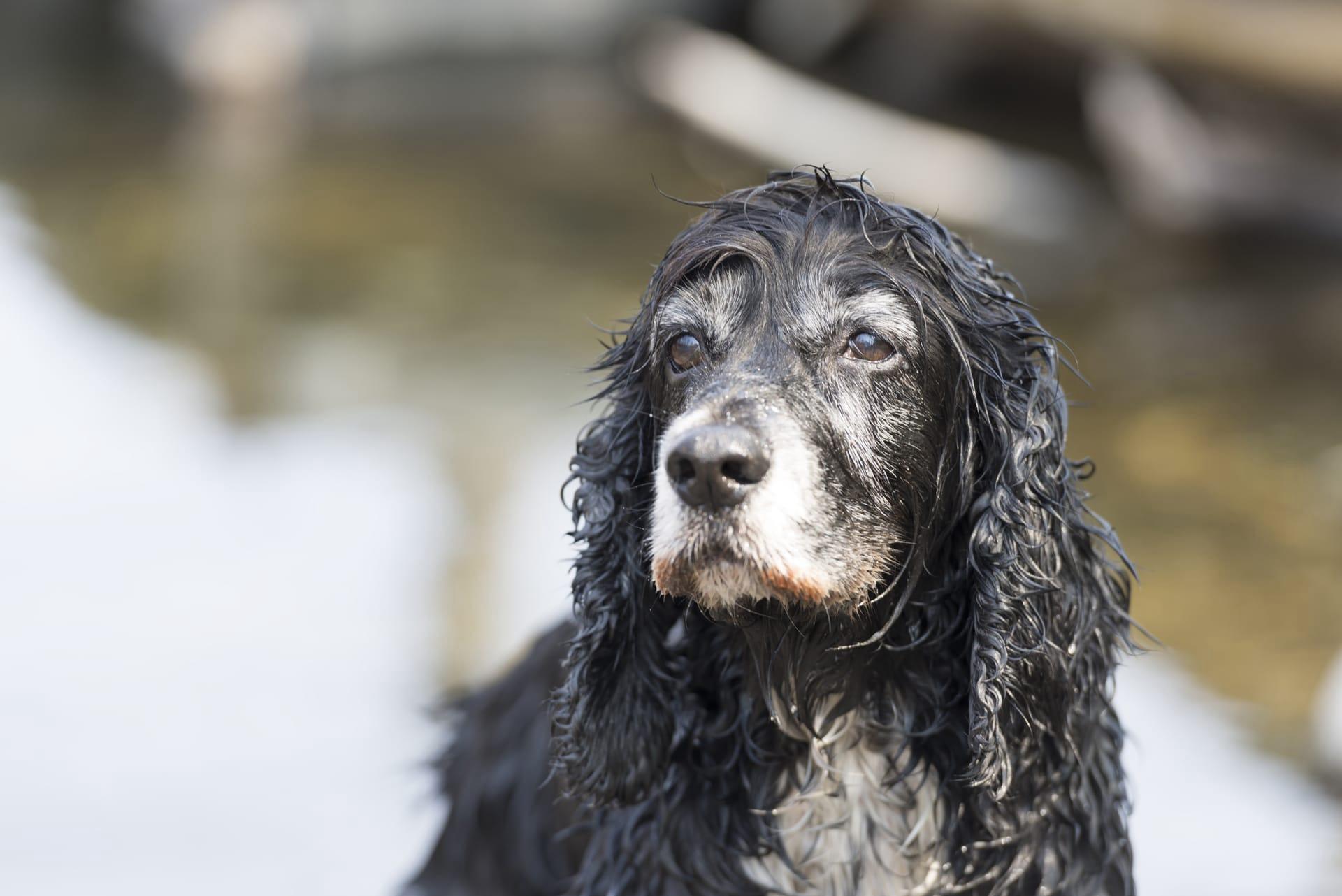American Water Spaniel Characteristics
- Home /
- Mini Encyclopedia /
- Animal /
- American Water Spaniel Characteristics
1
The American Water Spaniel, a medium-sized breed, typically weighs between 25 to 45 pounds and stands about 15 to 18 inches tall at the shoulder. These dogs are known for their muscular build and a coat that can range from curly to wavy, designed to protect them in water and harsh weather conditions. Their lifespan averages 10 to 14 years, making them relatively hearty companions with the right care and environment.
One of the most distinctive features of the American Water Spaniel is its water-resistant double coat. This specialized coat consists of a dense, inner layer that provides insulation and a protective, outer layer that helps repel water. This unique combination makes the American Water Spaniel an exceptional swimmer and an adept hunter in both water and cold environments, allowing them to retrieve game from icy waters without succumbing to the cold themselves.

2
Question: What is the most common health issue faced by American Water Spaniels, and how can it be managed or prevented?
Answer: The most common health issue in American Water Spaniels is hip dysplasia, a genetic condition where the thigh bone doesn't fit snugly into the hip joint, leading to arthritis or lameness. Management includes maintaining a healthy weight to reduce joint stress, using joint supplements, and regular, moderate exercise. In severe cases, veterinary interventions such as physical therapy, anti-inflammatory medications, or even surgery might be necessary. Early screening through hip evaluations by a veterinarian can help in identifying the condition and taking preventive measures.

3
American Water Spaniels are known for their high energy levels and need for regular, vigorous exercise. They excel in activities that simulate their natural hunting instincts, such as swimming, retrieving, and agility training. A daily routine of physical activity is crucial for their physical and mental well-being, helping to prevent boredom and behavioral issues.
When it comes to feeding, American Water Spaniels do best on high-quality dog food suited to their age, size, and activity level. Typically, an adult dog requires about 1.5 to 2.5 cups of dry food per day, divided into two meals. Their diet should be monitored closely to prevent overfeeding, as they can be prone to obesity, especially with insufficient exercise.

4
The American Water Spaniel thrives in a variety of environments but is particularly suited to areas with access to water bodies, reflecting their breeding for hunting and retrieving in aquatic settings. They adapt well to both country and city living, provided they have enough space to exercise and opportunities to engage in water play or swimming.
In terms of reproduction, American Water Spaniels are relatively fertile and can produce litters ranging from 4 to 6 puppies. Responsible breeding practices include health screening for common genetic issues like hip dysplasia and ensuring both parents have sound temperaments. Breeders often wait until dogs are at least two years old before breeding to ensure they are mature and have been health tested.

5
Book: "The Complete Guide to American Water Spaniels" - This comprehensive book, published in the United States in the late 20th century, is authored by a renowned breeder and trainer of the breed. It covers everything from the breed's history and characteristics to training, health care, and grooming. The book is aimed at both prospective and current owners, providing valuable insights into raising a healthy and happy American Water Spaniel.
Book: "American Water Spaniel: From Puppies to Companions" - This book, also originating from the United States in the early 21st century, is written by a veterinarian with a deep affection for the breed. It focuses on the developmental stages of the dog's life, offering advice on nutrition, exercise, and socialization. It also addresses common health issues and their prevention, making it an essential read for anyone looking to understand the breed better and ensure their pet's long-term well-being.